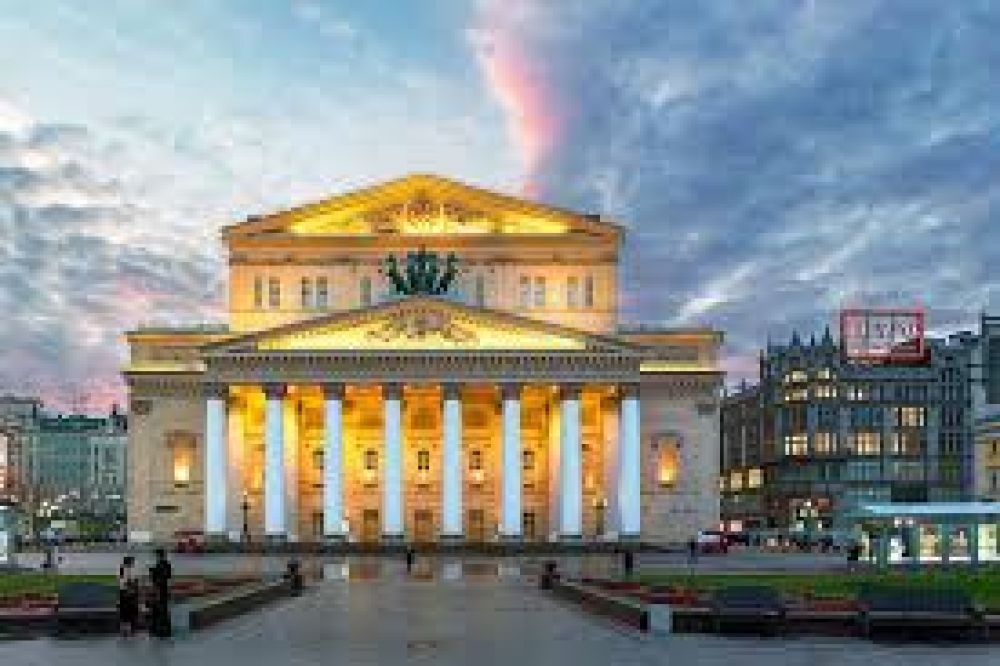

Since its inception, the Bolshoi Theatre has been one of Moscow's most iconic institutions, not only as a beacon of performing arts but also as a major tourist attraction. Established in 1776 by Prince Pyotr Urusov and Michael Maddox, the theatre has seen several reconstructions, the most recent of which was completed in 2011. It remains a symbol of Russia's rich cultural heritage and continues to dazzle visitors with its exceptional ballet and opera productions.
The Bolshoi has always been a destination for the arts, but it grew in popularity as a tourist destination in the 19th century, particularly after the building was reconstructed following a devastating fire in 1853. With its increased capacity and opulent new design featuring the now-iconic neoclassical façade and grand auditorium, the theatre became a must-see for visitors to Moscow.
Distinguished by its brilliant performances and the striking beauty of its interior, the Bolshoi became known around the world, drawing in tourists not only for its artistic productions but also for the legacy it represented. During the Soviet era, attending a performance at the Bolshoi was seen as a powerful display of cultural prestige. Visitors from across the globe would travel to the Soviet Union to experience this jewel of Russian culture.
In recent years, following the theatre's major renovation which returned it to its imperial grandeur, the tourism interest has surged once again. Modern tourists flock to the Bolshoi not only to attend the theatre's lavish performances but to enjoy guided tours which provide insights into its rich history, architecture, and the many legends that have graced its stage.
The theatre has embraced modern technology by offering virtual tours and streaming services, particularly during times when visiting in person was challenging. These virtual offerings have allowed the Bolshoi to continue reaching an international audience, thus maintaining and building upon its historic tourist appeal.
The latest trends in tourism at the Bolshoi Theatre align with a global shift towards experiential and cultural travel. Tourists are not content with merely watching a ballet or opera; they seek an immersive experience. To cater to this demand, the Bolshoi offers behind-the-scenes tours where tourists can see rehearsals, visit the costume department, and learn about the theatre's storied past.
Educational programs and workshops for visitors of all ages have become increasingly popular, with special emphasis on introducing the next generation to the beauty of the performing arts. Additionally, the Bolshoi often hosts international festivals and events, further promoting cultural exchange and attracting a diverse assembly of performing arts aficionados.
In conclusion, while the lure of the Bolshoi Theatre's opulence and outstanding performances remains timeless, the institution continues to evolve and adapt, ensuring that it remains at the forefront of cultural tourism in Moscow. The Bolshoi Theatre stands not only as a pillar of high art but also as an enduring tourist destination that attracts and awes visitors from all corners of the world.